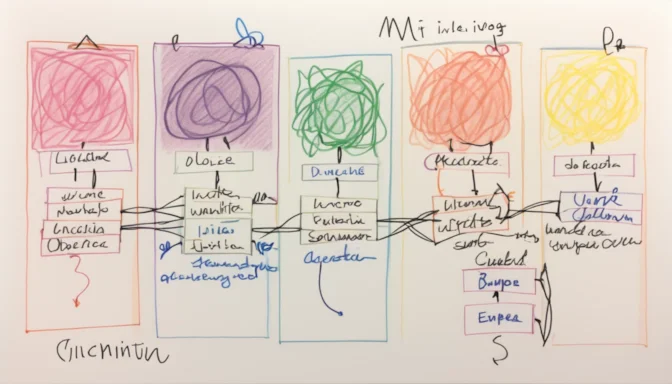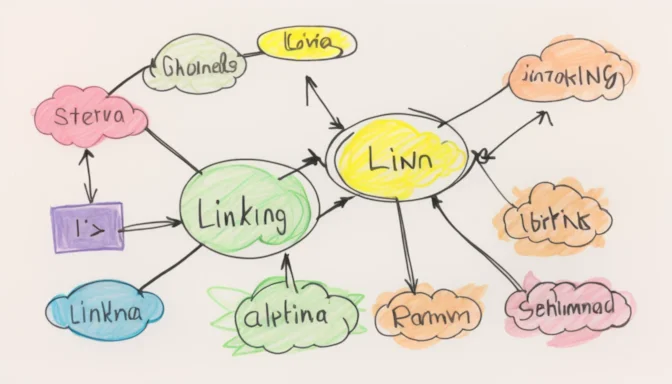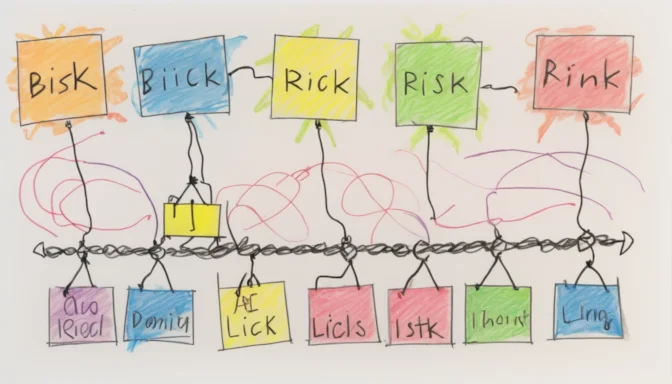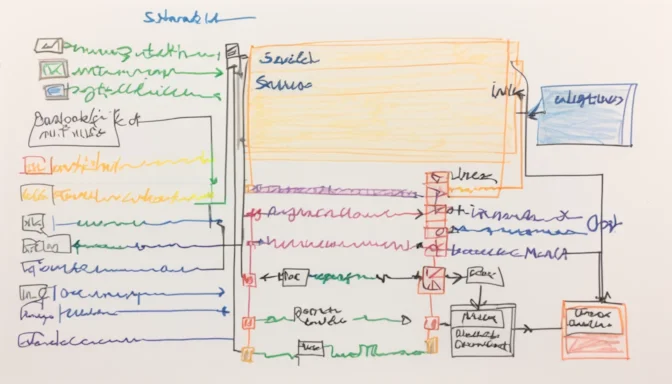What is Internal Linking and Why Is It Important?

Internal linking is the practice of connecting one page on your website to another. This is crucial for both user navigation and search engine optimization. Search engines use these links to crawl and index your site, while users use them to discover relevant content.
The Core Concept of Internal Linking

Internal links are hyperlinks that point from one page to another within the same website. They help pass authority, context, and relevance signals through the anchor text and surrounding content. While most people talk about 'domains,' it can get complicated due to subdomains.
Internal vs External Linking: What's the Difference?

Internal linking refers to links that go to other pages within the same website, while external linking refers to links that point to different websites. Knowing this difference is vital for effective website navigation and SEO.
Optimal Number of Internal Links

For long-form content and key pages, aim for around 3-4 internal links, adding an additional link for every 300 words. Note: these numbers are general guidelines and may vary based on your specific needs and SEO strategy.
The Risks of Excessive Internal Linking

Having too many internal links can be detrimental. Contrary to popular belief, excessive linking does not improve SEO and may actually harm your site's performance in search rankings.
Types of Internal Links

Internal links can be broadly categorized into two types: navigational and contextual. Navigational links are found in site headers, footers, and navigation bars, whereas contextual links are embedded within the site's content.
Key Attributes for Internal Linking

The HTML 'A' tag's attributes like 'name' and 'href' are essential for internal linking. The 'name' attribute identifies a segment of a webpage, and the 'href' attribute links to that named segment.
 E-Commerceo
E-Commerceo
